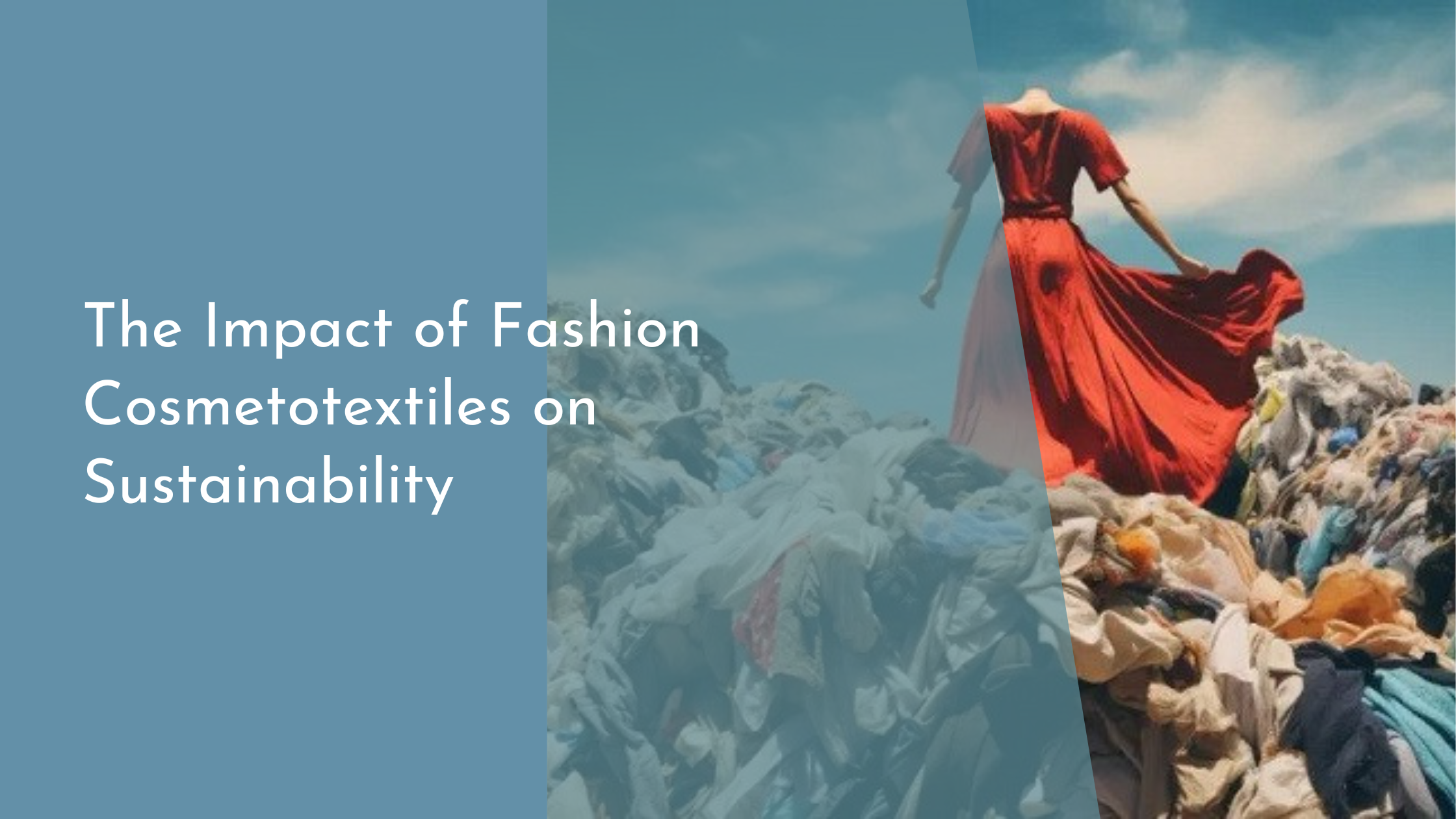The Impact of Fashion Cosmetotextiles on Sustainability
The fashion industry, known for its ever-evolving trends and styles, is now embracing a remarkable innovation that promises not only to enhance beauty but also to promote sustainability: fashion cosmetotextiles. These advanced textiles are infused with cosmetic ingredients that care for the skin while being worn, offering a delightful blend of fashion and skincare. As consumers become increasingly eco-conscious, the role of cosmetotextiles in sustainable fashion is gaining significant attention. This article explores the impact of fashion cosmetotextiles on sustainability, delving into their functionality, benefits, and how they are paving the way for a more environmentally friendly fashion industry.
Understanding Fashion Cosmetotextiles
Fashion cosmetotextiles refer to textiles that have been embedded with cosmetic substances designed to improve skin health and appearance. These textiles release active ingredients, such as vitamins, essential oils, or moisturizing agents, directly onto the skin through microcapsules that break with friction. The concept merges the utility of clothing with the benefits of skincare, offering consumers a unique, dual-purpose product that aligns with the modern demand for multifunctionality. From moisturizing leggings to anti-aging tops, cosmetotextiles have found their place in everyday clothing, providing continuous cosmetic benefits throughout the day.
The development of fashion cosmetotextiles involves advanced textile technologies and meticulous formulation processes to ensure that the cosmetic properties remain effective after multiple washes. The materials used should be compatible with skin-friendly substances and capable of maintaining their efficacy over time. This innovative approach not only enhances the functionality of everyday apparel but also encourages consumers to consider the added value of clothing that contributes to their overall well-being, setting a new standard in the fashion industry.
How Cosmetotextiles Improve Sustainability
Cosmetotextiles offer significant environmental benefits by reducing the need for additional cosmetic products, which often come in plastic packaging. By integrating skincare into clothing, there is a potential decrease in the consumption of bottled products, thus reducing plastic waste and the carbon footprint associated with their production and disposal. This shift towards a more sustainable consumption model aligns well with the growing consumer demand for products that minimize environmental impact.
Moreover, the adoption of cosmetotextiles may encourage more sustainable production practices within the fashion industry. As brands strive to create textiles infused with beneficial ingredients, they may also seek out eco-friendly materials and sustainable manufacturing processes. This drive could lead to innovations that further reduce water usage, energy consumption, and chemical waste, fostering a more sustainable overall industry. Ultimately, the integration of cosmetotextiles into the fashion landscape not only benefits consumers but also contributes positively to global sustainability efforts.
Challenges and Innovations in the Industry
Despite the promising benefits of fashion cosmetotextiles, the industry faces several challenges. One major hurdle is ensuring the long-lasting efficacy of the cosmetic properties after repeated washing. Maintaining the potency of active ingredients is crucial to their effectiveness and consumer satisfaction. Research and development efforts continue to focus on enhancing the durability of microcapsules and finding new solutions to prolong the life of the cosmetic benefits within textiles.
Innovations in the field are actively addressing these challenges, as well as exploring new opportunities for advancement. For instance, the development of biodegradable microcapsules represents a significant leap forward, minimizing environmental impact while maximizing product performance. In addition, companies are experimenting with bio-based and recycled fibers to further enhance the sustainability quotient of cosmetotextiles. These innovations not only resolve existing issues but also open new avenues for the fashion industry to embrace eco-friendlier practices.
Conclusion: A Sustainable Fashion Future
The potential of fashion cosmetotextiles to contribute to sustainability is immense, providing an exciting glimpse into the future of fashion. By integrating cosmetic benefits into everyday clothing, these textiles align with the increasing consumer desire for products that offer both functional and environmental advantages. As the industry continues to evolve, the role of cosmetotextiles in shaping a sustainable fashion future appears to be promising and impactful.
Fashion cosmetotextiles represent a forward-thinking approach to both personal care and environmental responsibility. As consumers become more conscious of their purchasing decisions’ impact on the planet, the demand for such innovative products is likely to grow. By embracing cosmetotextiles, the fashion industry has the opportunity to lead the charge towards a more sustainable and conscientious future. The union of style, skincare, and sustainability holds great potential to redefine the way we think about and interact with fashion, encouraging a more harmonious balance between looking good and doing good for the planet.


